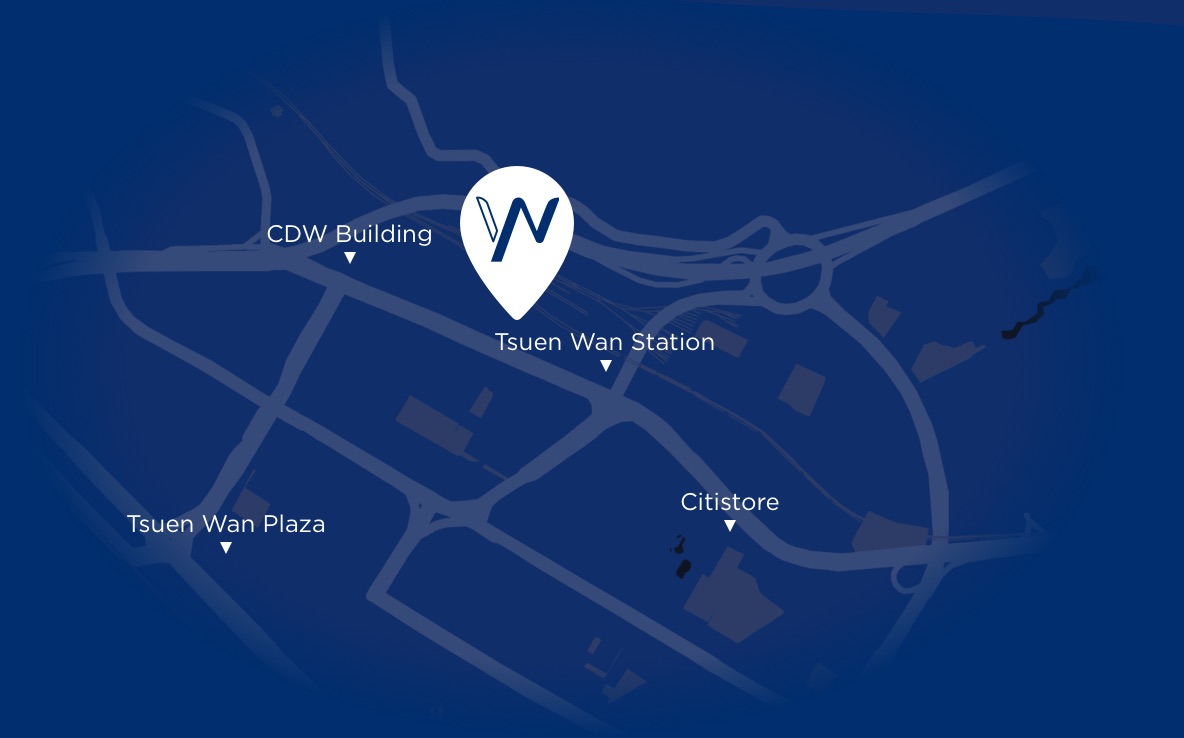What is HSIC?
The Hong Kong Standard Industrial Classification (HSIC) is a systematic framework of codes used to classify businesses in Hong Kong according to their primary economic activities. Introduced to streamline government statistical data collection and analysis, the HSIC code helps organize businesses into industry activity categories and subcategories, making it easier for the Hong Kong government to visualize the economic landscape and decide on economic policies. The main uses for HSIC codes by the government and private companies include:
- Performing Data Analysis: Supplemented with other industry data, HSIC codes can help identify patterns and trends in and between industries, and can be compared against other data sets that classified with HSIC codes
- Directing Government Policy: Policymakers use HSIC codes to assess industry performance, identify growth opportunities as well as areas of concern, and draft policies to support balanced economic development within the government’s means.
- Business Planning: Once companies have decided on their HSIC code, the classification can help shape their business model, competitor analysis, and market research.
- Regulatory Compliance: HSIC codes inform businesses of the industry regulations and licensing requirements they’re required to follow.
The current iteration, HSIC V2.0, is based on the International Standard Industrial Classification (ISIC) Revision 4, a 5-level hierarchical structure with 21 top-level industry sections that divide into more specific business types and activities with each level.
How is HSIC Different from the Nature of Business?
When filling in your incorporation application for the first time, you may have been asked to fill in an HSIC code and the code for your company’s nature of business. While both designations provide descriptions of what a company does, they serve different purposes.
The HSIC system is used primarily for statistical, administrative, and regulatory purposes, based on a set of established international standards, while the nature of a business is a less formal descriptive statement and code companies provide to explain their core business activities in terms that are easy to understand by the government and shareholders.
How is HSIC Categorised?
HSIC’s 5-level hierarchical system breaks down industry activity into progressively more specific niches. The following example breaks down the HSIC code that would be used to describe a Software as a Service (SAAS) company:
| Level | Code Format | Example |
| Industry Section | 1-letter (A-U) | G – Import/export, wholesale and retail trades |
| Industry Division | 2-digit number | 47 – Retail trade |
| Industry Group | 3-digit number | 474 – Retail sale of information and communications equipment in specialised stores |
| Industry Class | 4-digit number | 4741 – Retail sale of computers, peripheral units, software and telecommunications equipment |
| Industry Subclass | 6-digit number | 474103 – Retail sale of computer software |
The code is submitted as a single number, with each section providing information about the industry classifications the business falls under:

The 21 top-level industry sections include sectors like Agriculture, Manufacturing, Construction, Financial Activities, Real Estate, Education, Health, and more.
Section | Industry |
A | Agriculture, forestry, and fishing |
B | Mining and quarrying |
C | Manufacturing |
D | Electricity and gas supply |
E | Water supply; sewerage, waste management and remediation activities |
F | Construction |
G | Import/ export, wholesale and retail trades |
H | Transportation, storage, postal and courier services |
I | Accommodation and food service activities |
J | Information and communications |
K | Financial and insurance activities |
L | Real estate activities |
M | Professional, scientific and technical activities |
N | Administrative and support service activities |
O | Public administration |
P | Education |
Q | Human health and social work activities |
R | Arts, entertainment and recreation |
S | Other service activities |
T | Work activities within domestic households |
U | Activities of extraterritorial organizations and bodies |
How Do I Choose an HSIC Code for My Business?
- Identify Your Business’s Core Activity: The HSIC code should reflect your core operations. As such, your core business should be describable by at least one HSIC code.
- Use the HSIC Code Directory: Refer to the official HSIC code list or use the online search tool provided by the Census and Statistics Department to find the most appropriate code by entering keywords relevant to your business activities.
- Consult Authorities or Experts: If you’re still unsure, seek advice from the Census and Statistics Department or professional service providers like Yau and Wong. They can provide a clearer interpretation of the codes and find a best fit for your business.
- Consider Future Growth: If your business may expand into other activities, choose a code that has room to accommodate the potential diversification.
- Submit Multiple Codes: If your business covers several sectors, you may register under multiple HSIC codes to reflect its diverse operations.
Common HSIC codes in 2025
| Business Type | Code |
| Property holding and resale | 681400 |
| Investment and Holding companies | 642000 |
| Coffee shop | 563200 |
| Import for wholesale of alcoholic drinks | 452323 |
| Business management and consultancy services | 702200 |
| Other information technology service activities (Ex. IT consulting) | 620900 |
| Retail sale of computer software (Ex. SAAS) | 474103 |
| Motion picture, video and television programme production activities (Ex. Youtuber) | 591100 |
Conclusion
The standardized code lets you and the government know how your business fits into Hong Kong’s economy, and coupled with industry statistics, can help guide government policy in the interest of balanced growth. By honing in on your business’s core activities and potential future activities, you’ll be able to select and submit the codes that best define your business. If you need assistance in deciding on your company’s HSIC code, get in touch and we’d be happy to help!










